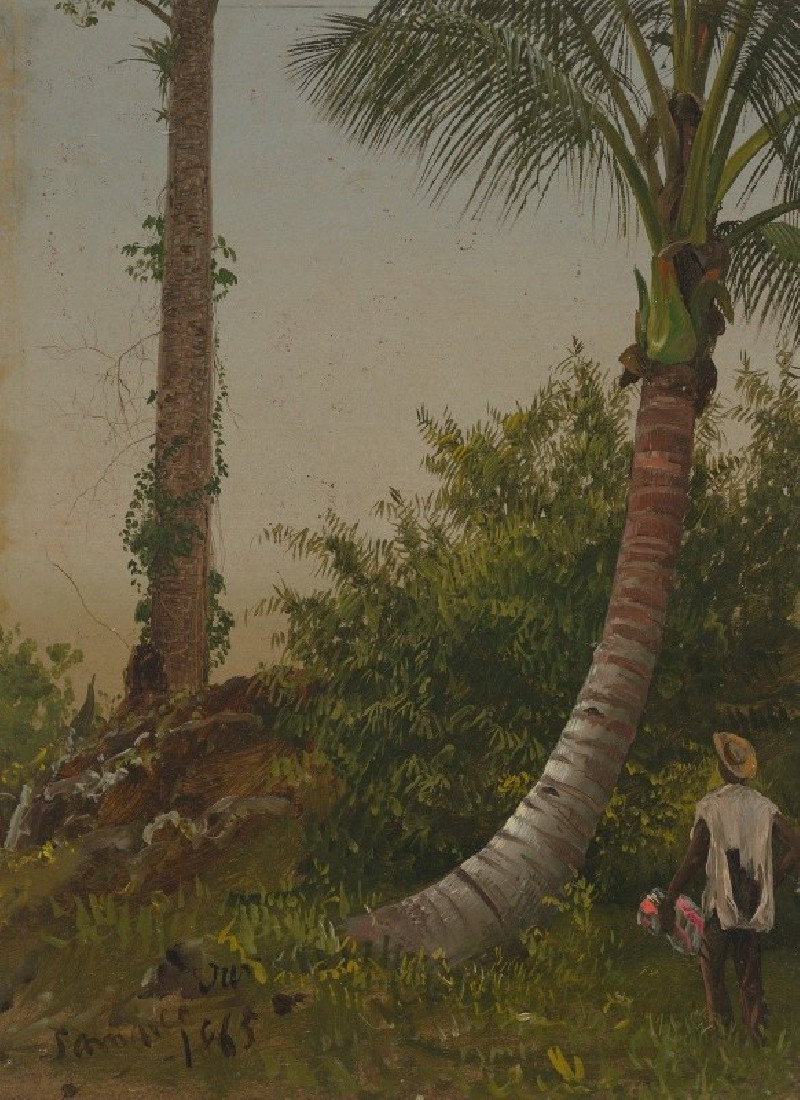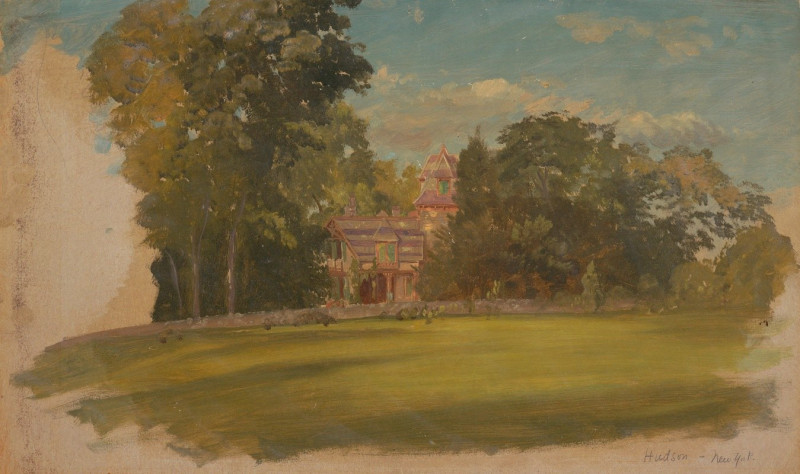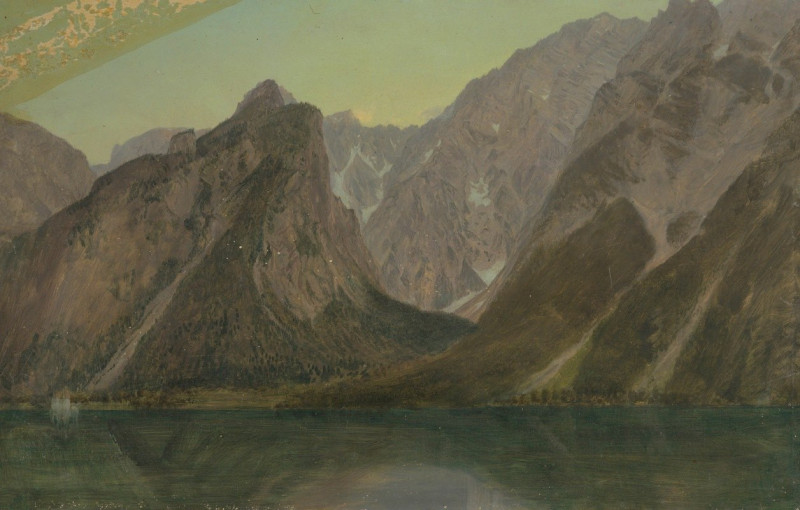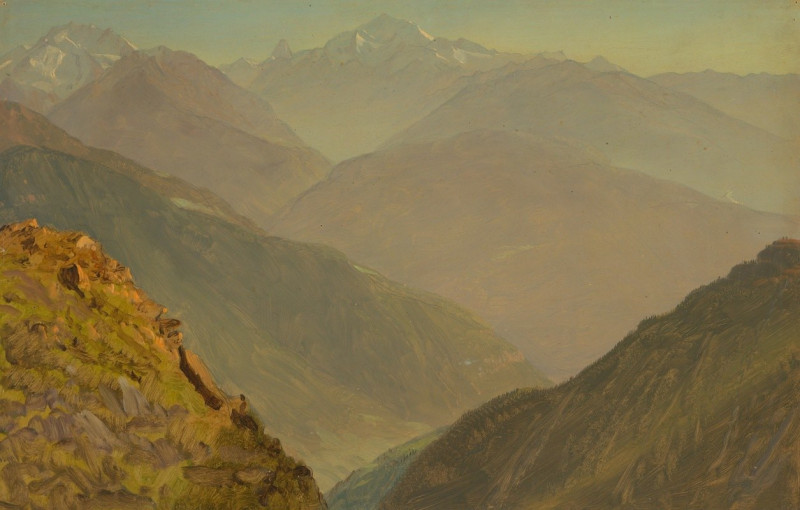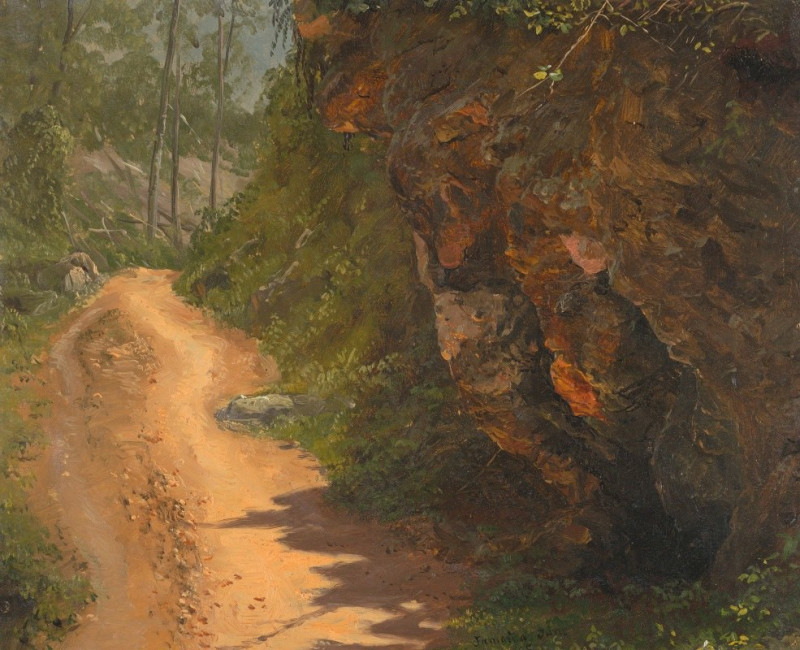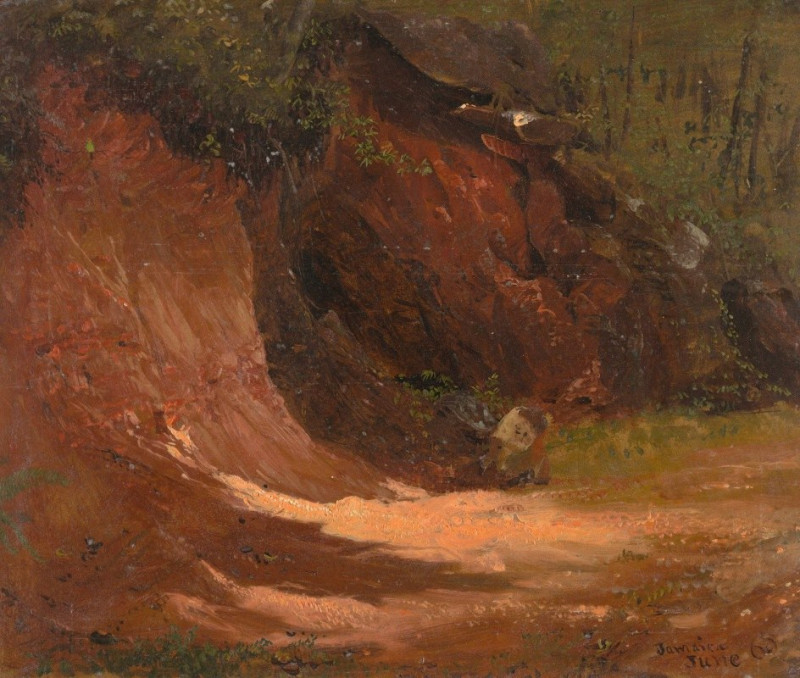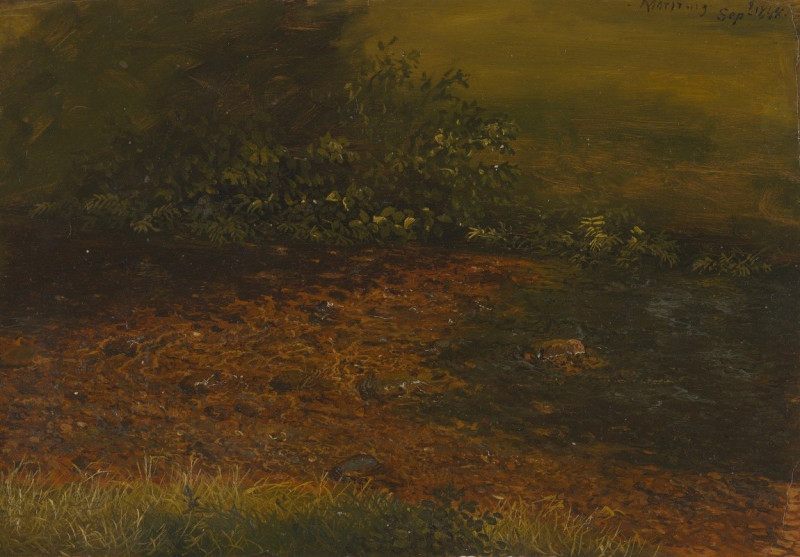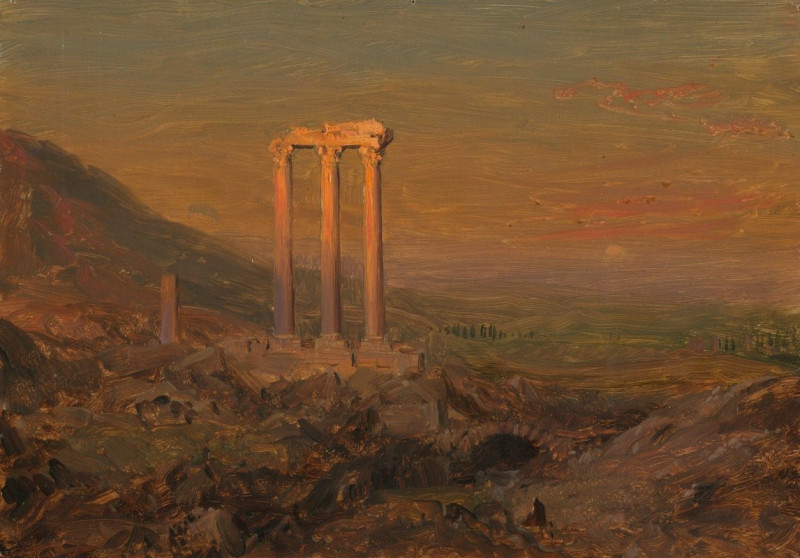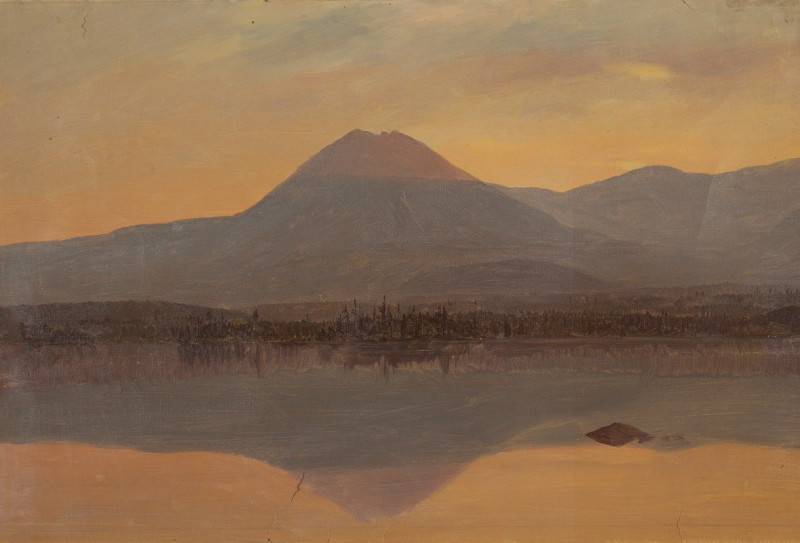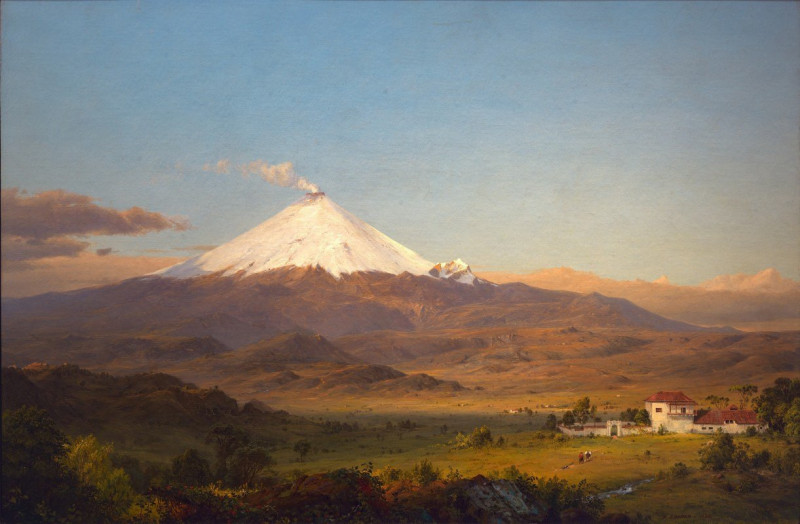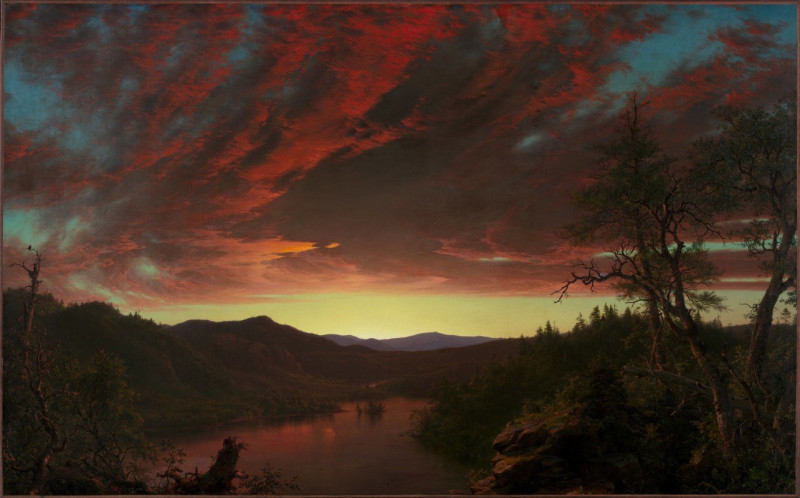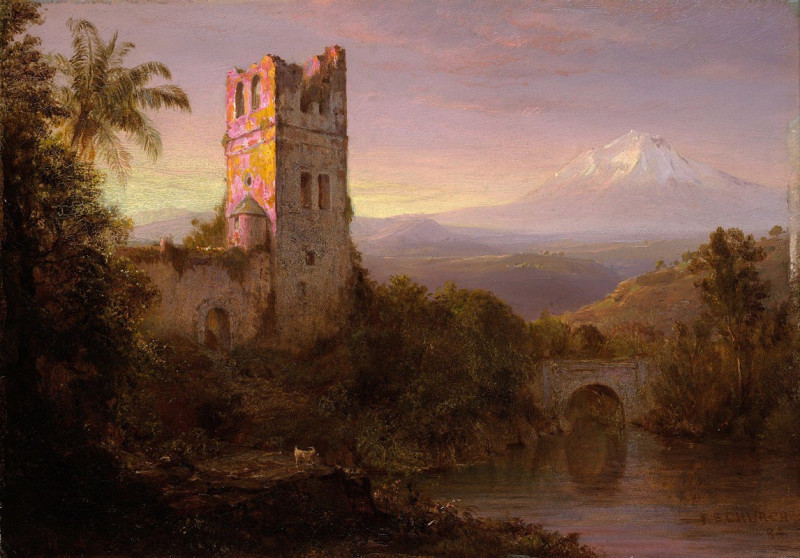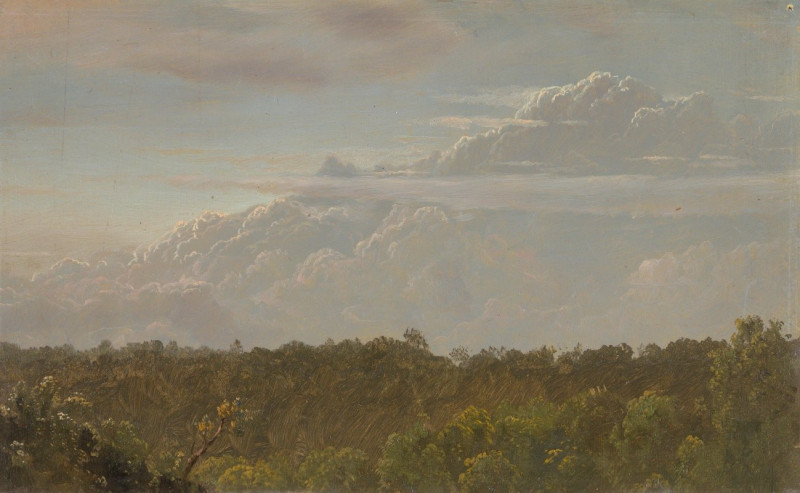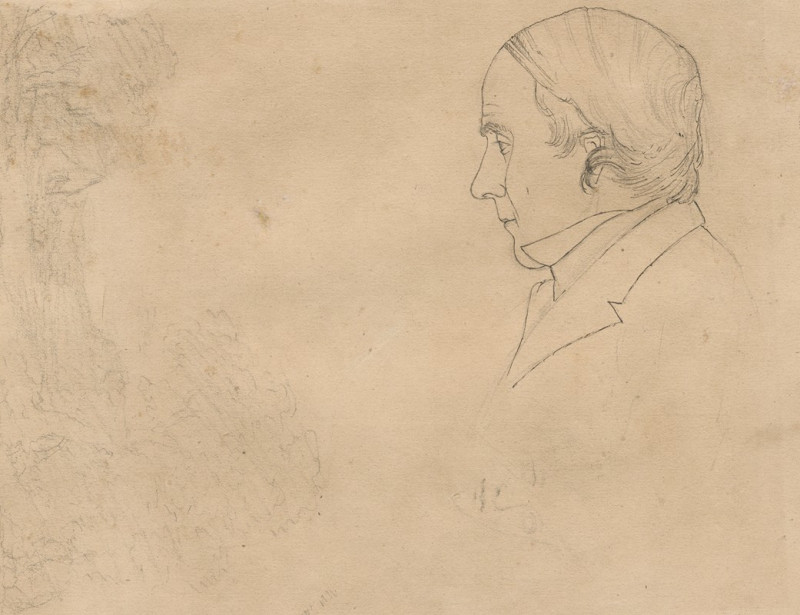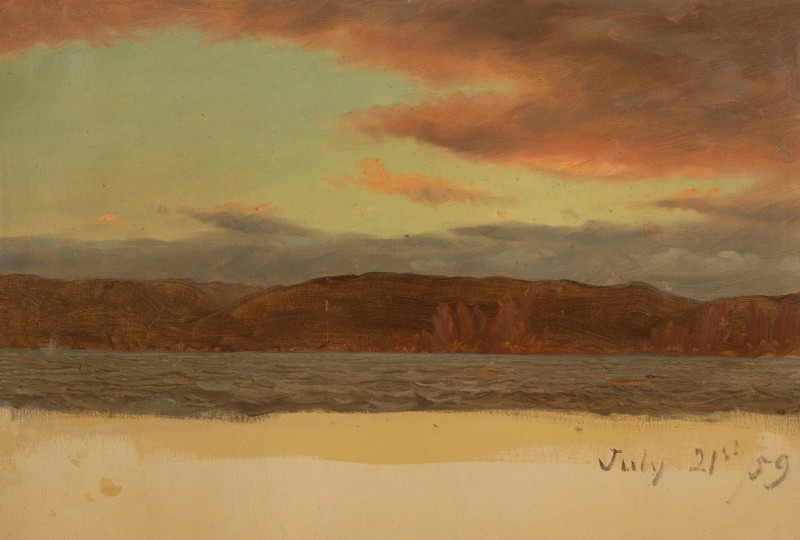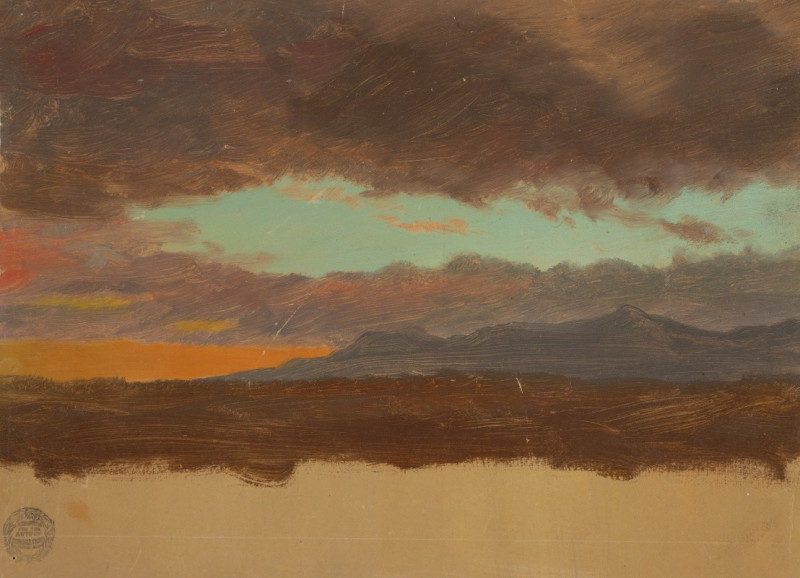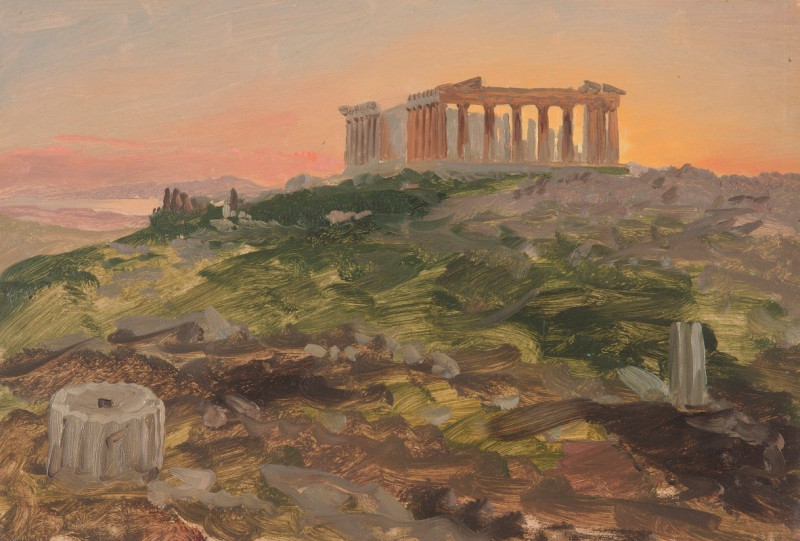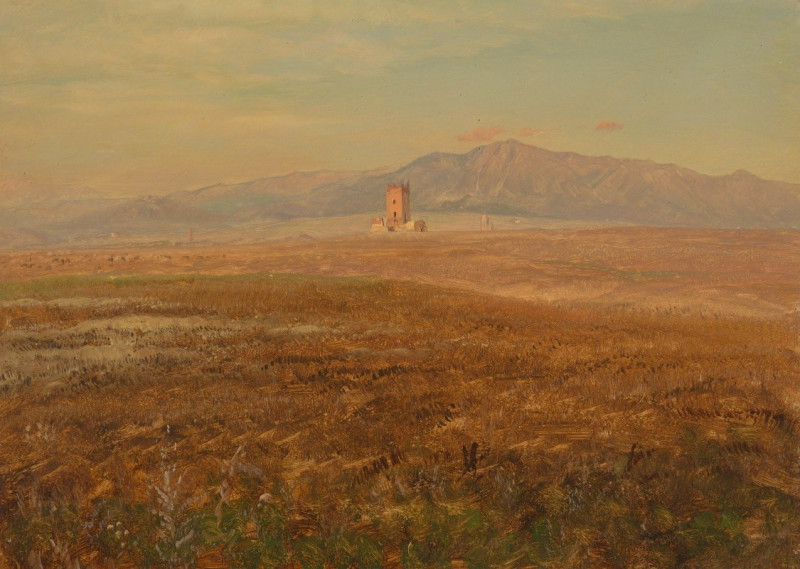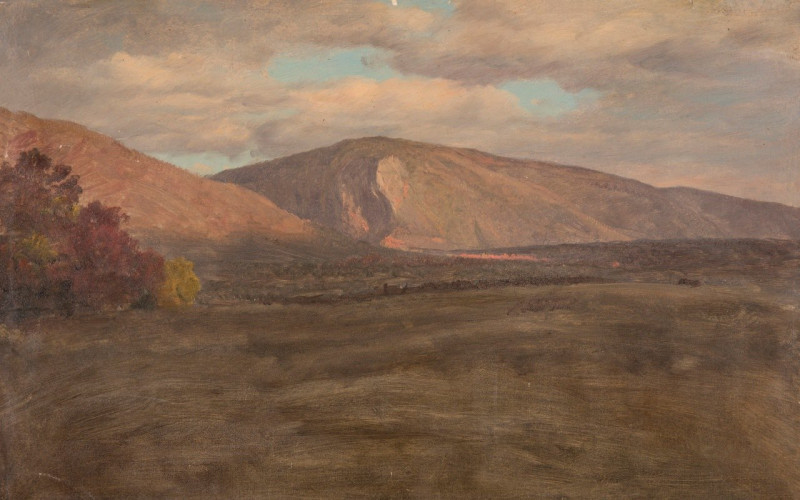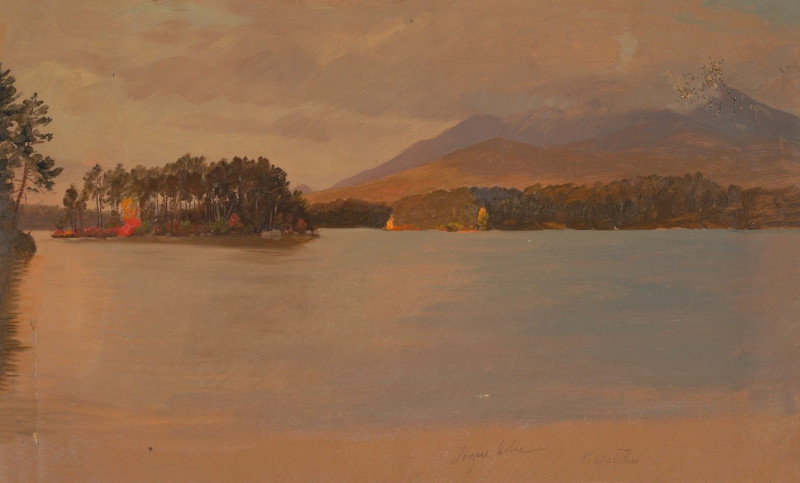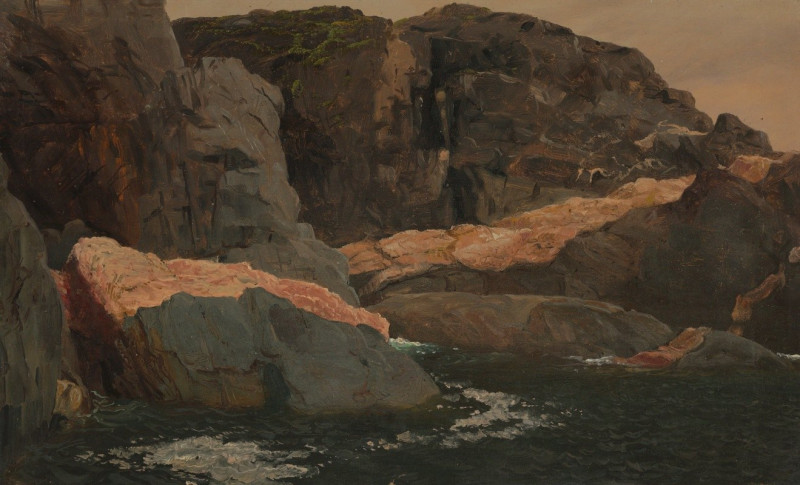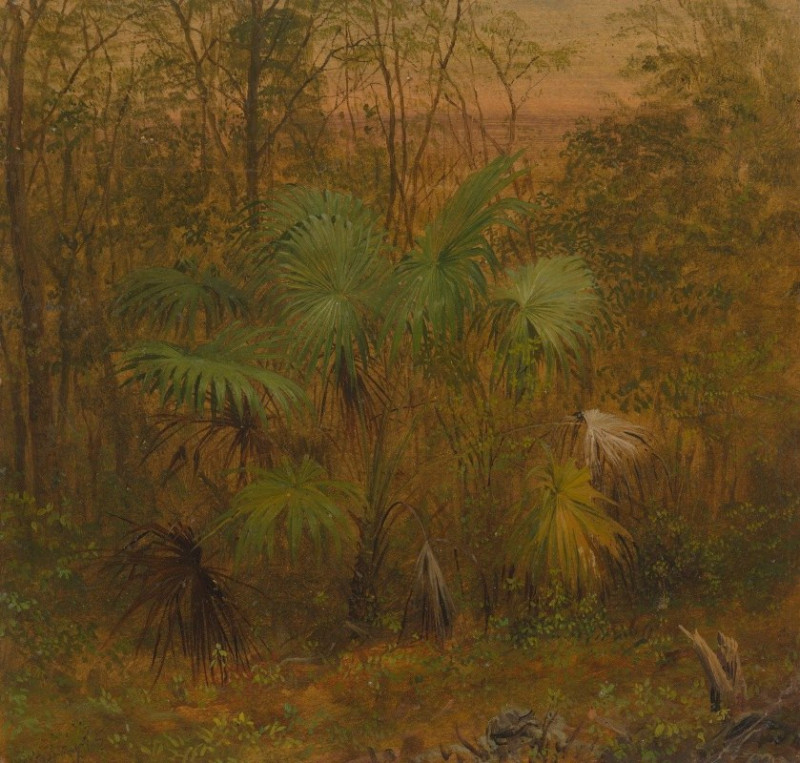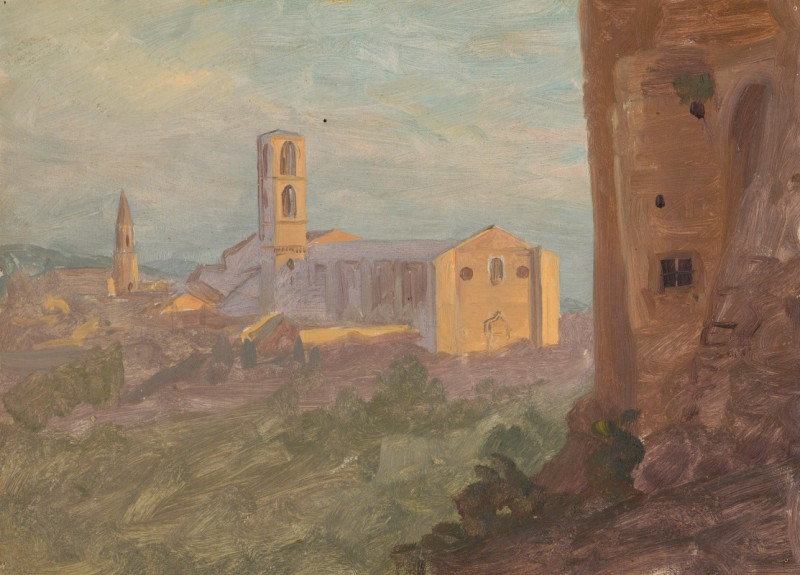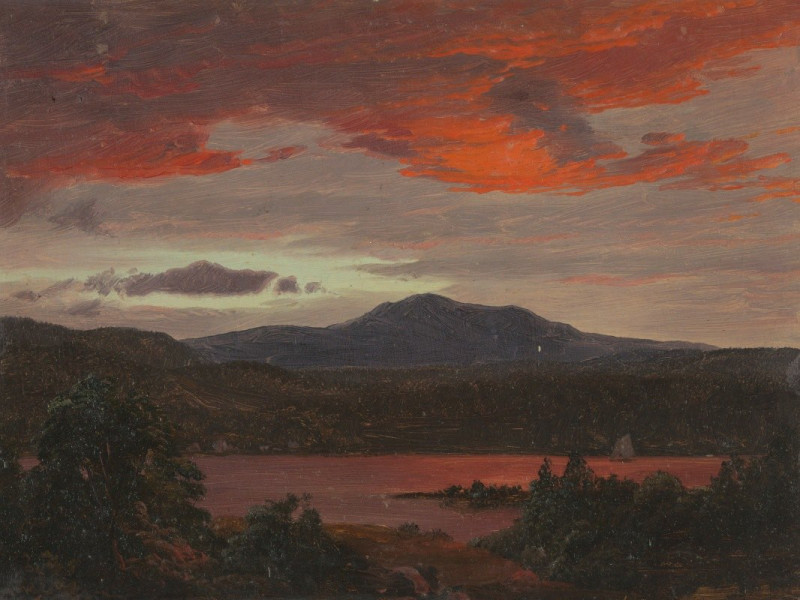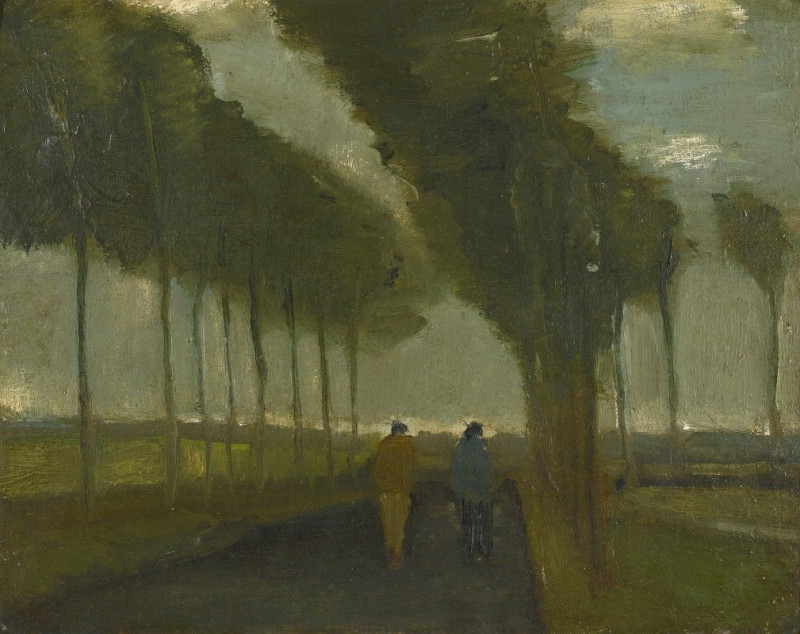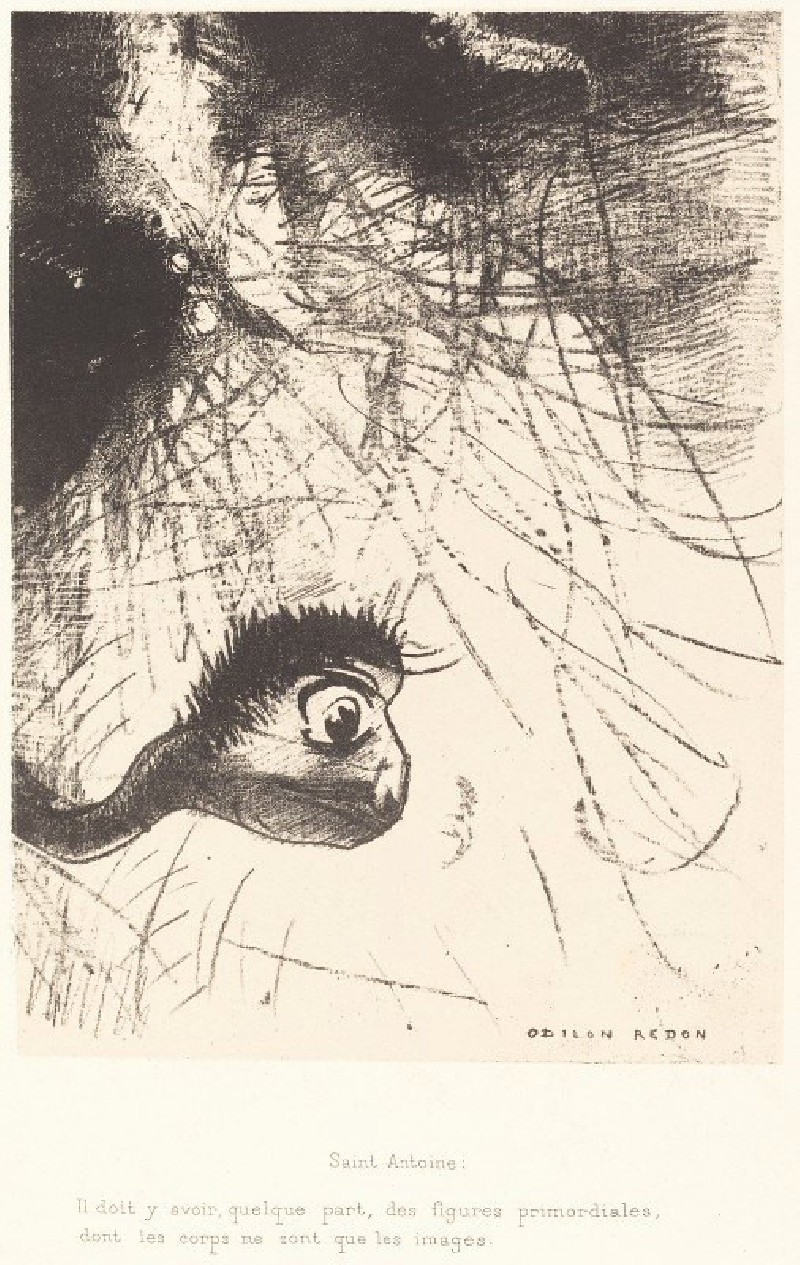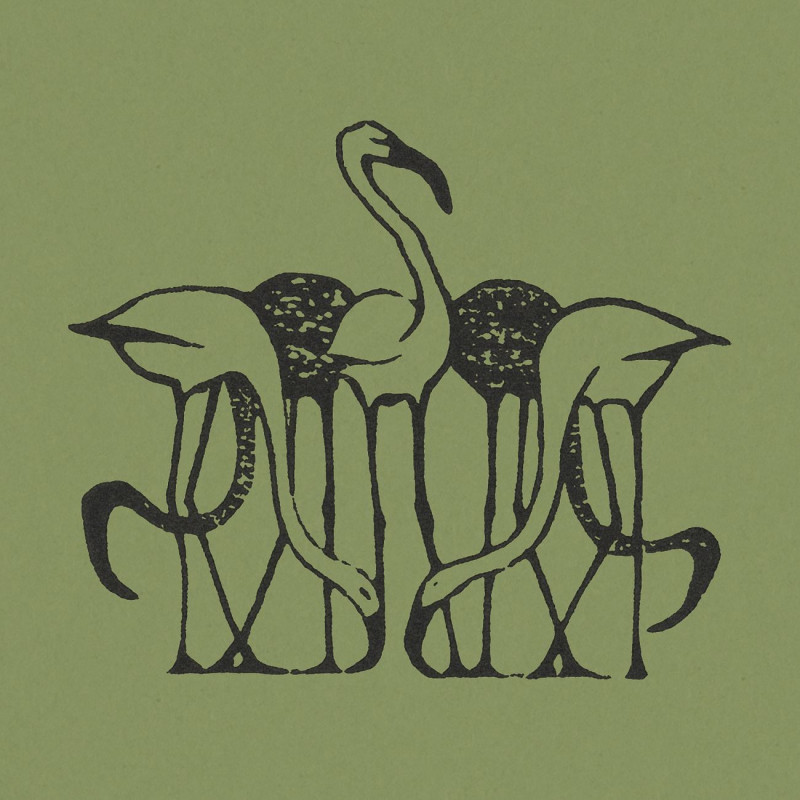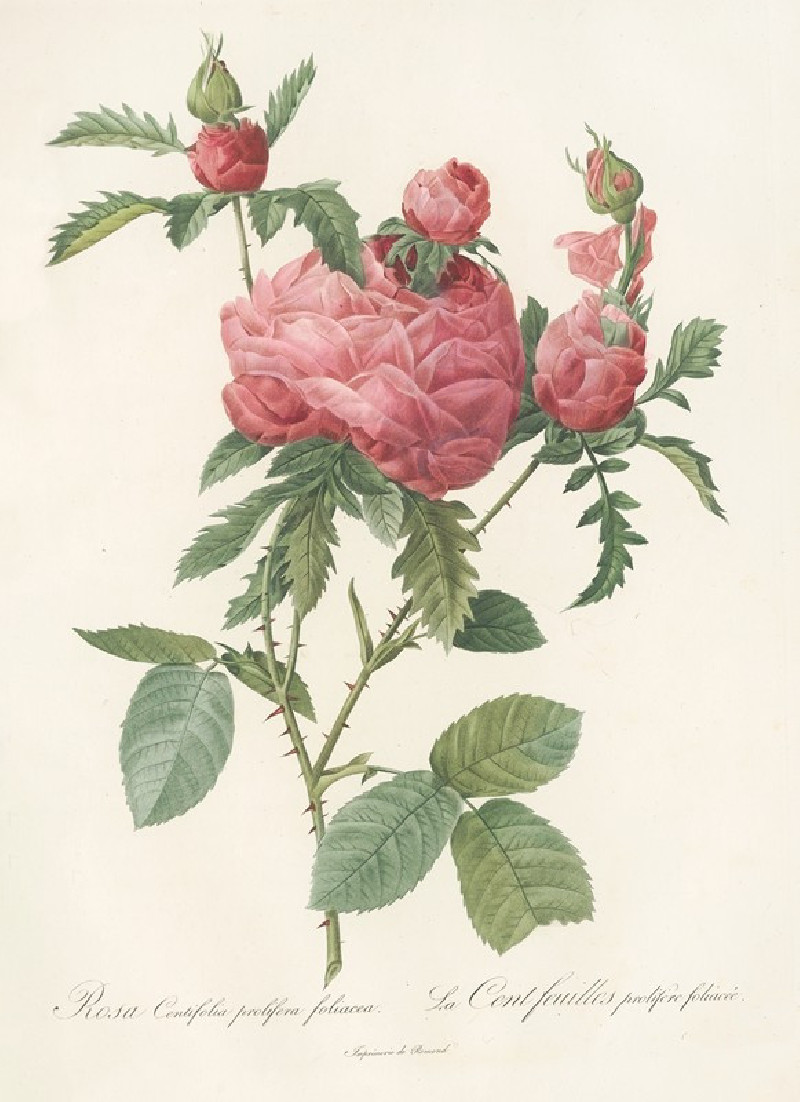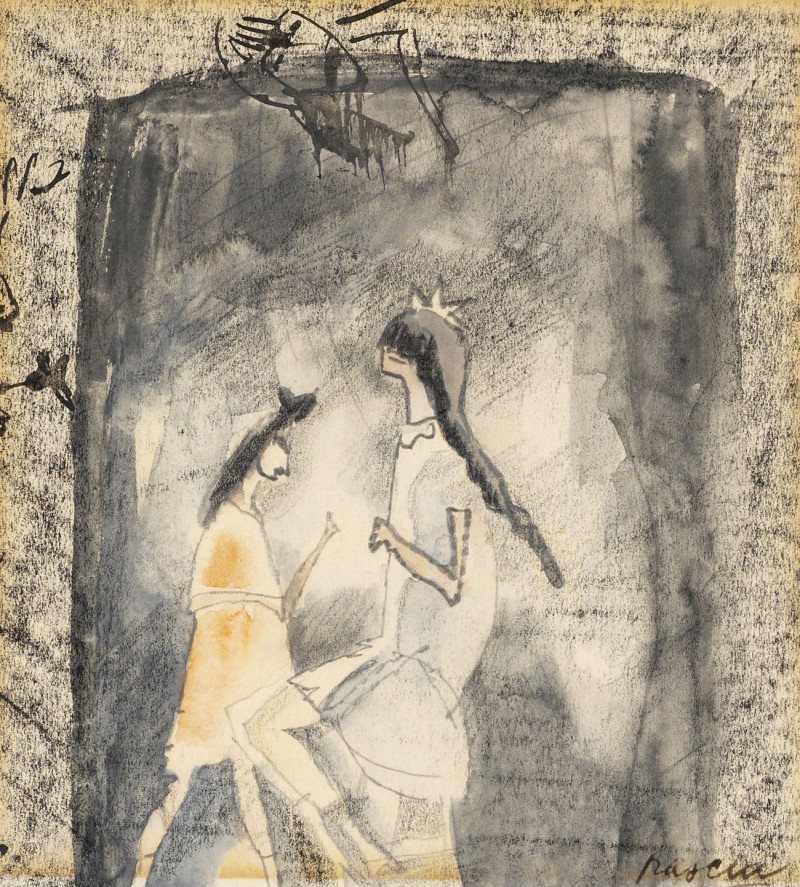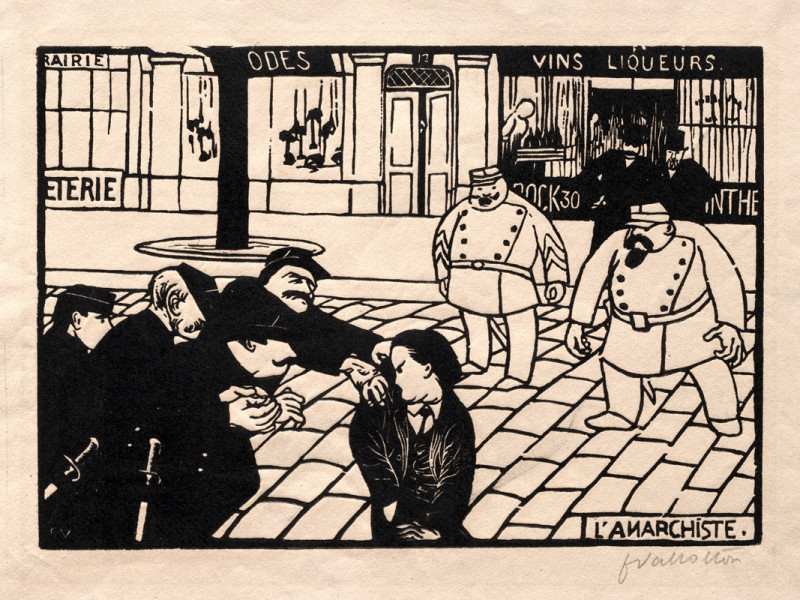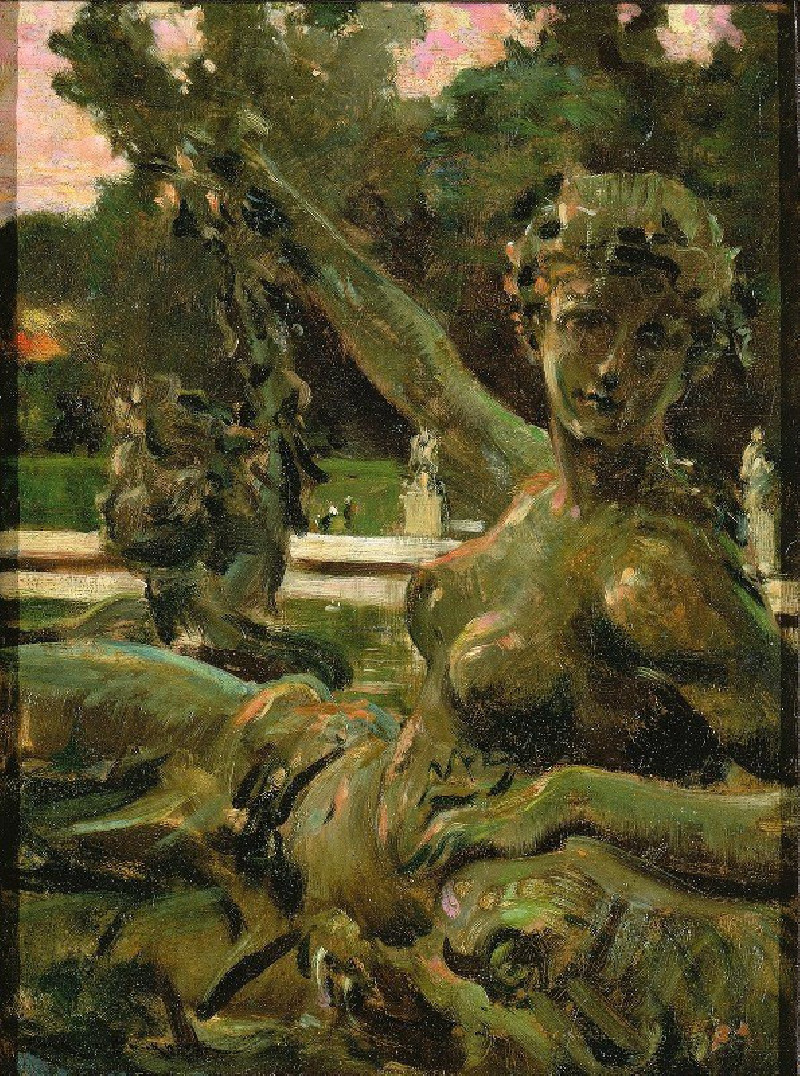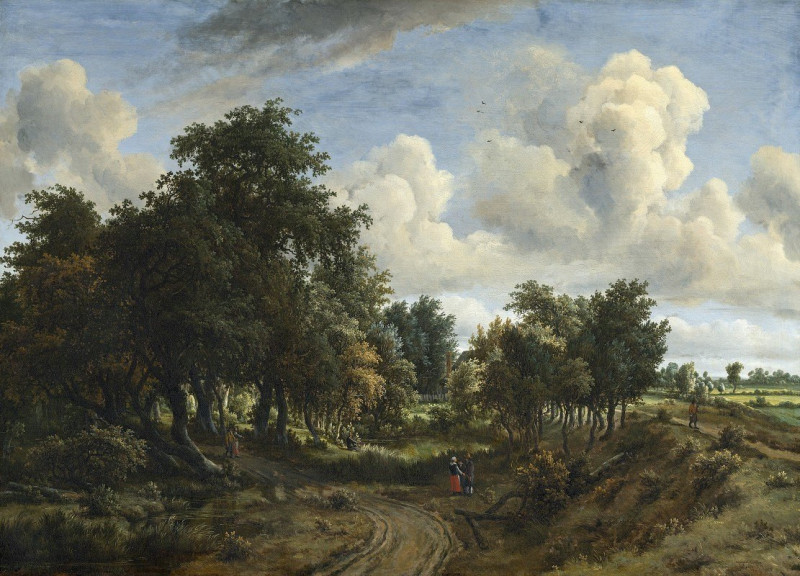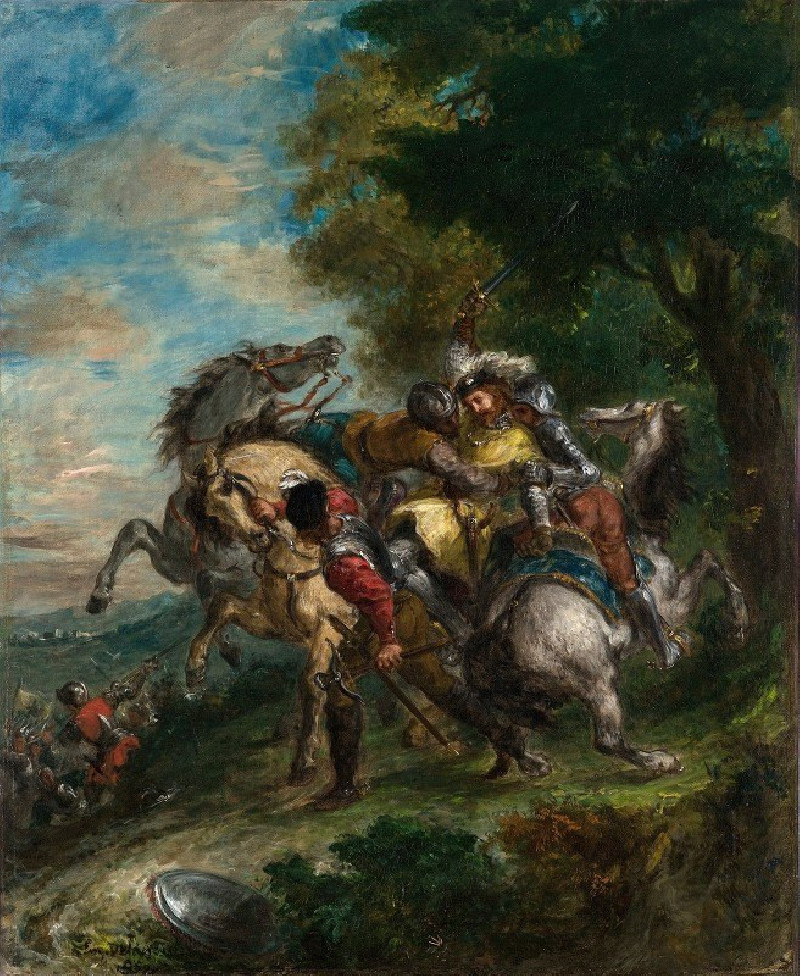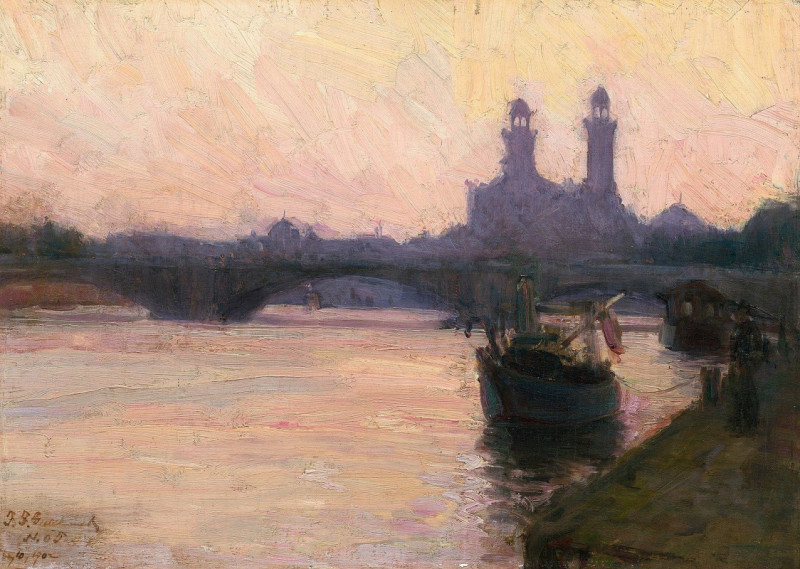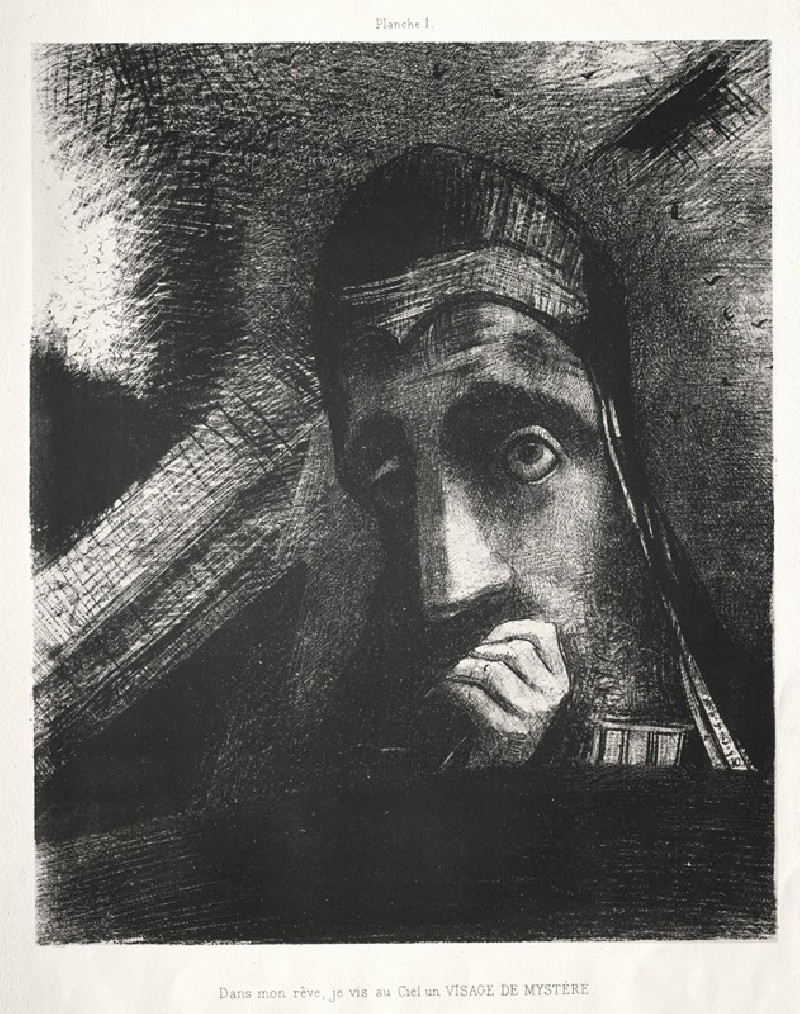Trees in Jamaica, West Indies (1865)
Technique: Giclée quality print
Recommended by our customers
More about this artwork
"Trees in Jamaica, West Indies" is a captivating painting by Frederic Edwin Church, a masterful artist known for his detailed landscapes and natural scenes. Dated 1865, this work offers a glimpse into the lush, verdant environment of Jamaica during the 19th century.In the painting, Church skillfully captures the essence of the West Indies through his depiction of the towering trees that dominate the scene. The artwork features a leaning palm tree in the foreground, its trunk showcasing the distinctive patterned markings characteristic of these tropical trees. Another tall and slender tree accompanies it, reinforcing the sense of height and grandeur characteristic of the tropical landscape.The foreground also portrays a figure, standing slightly turned away from the viewer, wearing traditional attire including a hat and what appears to be a simple shirt and trousers. This figure, carrying tools, reflects the everyday life and labor found in these lush surroundings, adding a human element to the natural beauty captured by Church.The muted colors and detailed brushwork allow the viewer to appreciate the variety of foliage and the depth of the landscape, suggesting the warm, humid atmosphere typical of the Jamaican environment.Overall, Church's "Trees in Jamaica, West Indies" not only serves as a visual record of the natural beauty of Jamaica but also reflects the relationship between the land and its people during the era.
Delivery
Returns
Frederic Edwin Church (May 4, 1826 – April 7, 1900) was an American landscape painter born in Hartford, Connecticut. He was a central figure in the Hudson River School of American landscape painters, best known for painting large landscapes, often depicting mountains, waterfalls, and sunsets. Church's paintings put an emphasis on realistic detail, dramatic light, and panoramic views. He debuted some of his major works in single-painting exhibitions to a paying and often enthralled audience in New York City. In his prime, he was one of the most famous painters in the United States.

